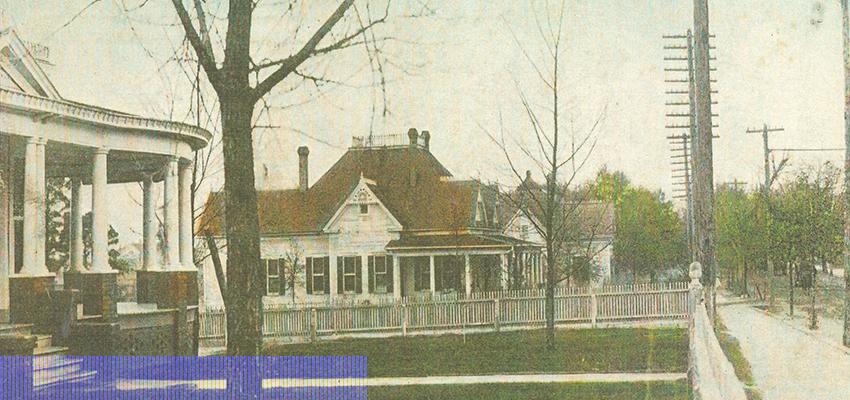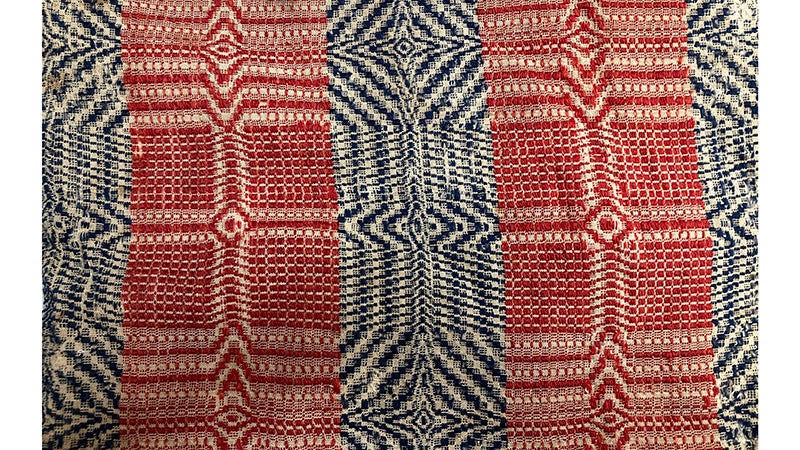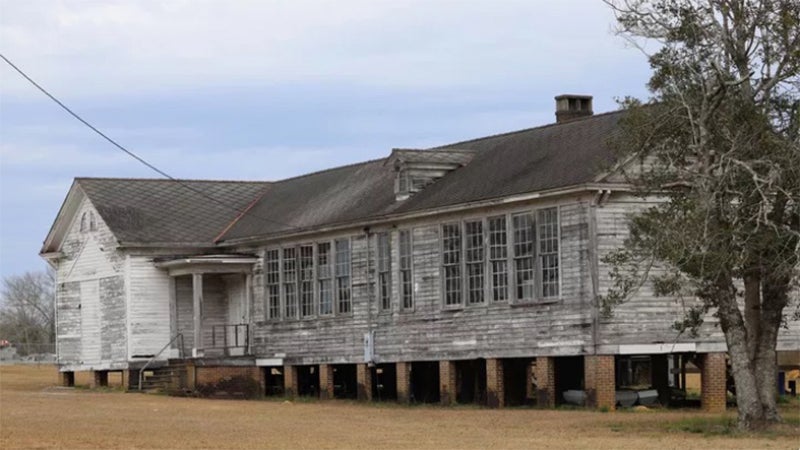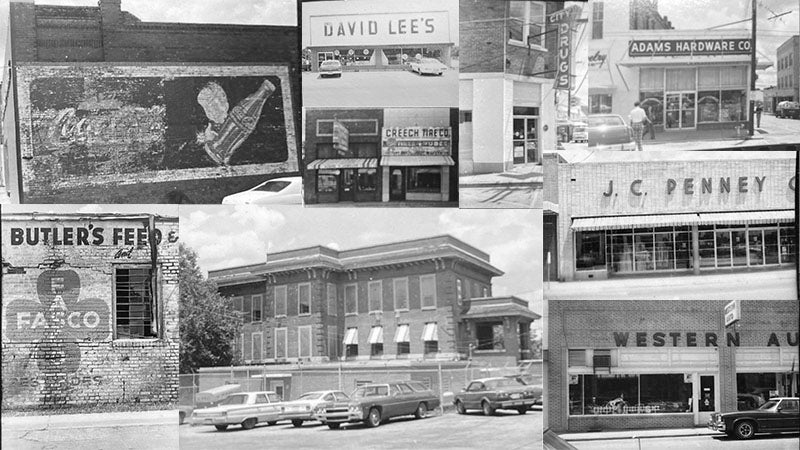Remember when: Jackson marked Three Notch Trail
Published 11:59 pm Friday, April 20, 2018

- Postcards depicting South Three Notch. Courtesy Photo
“Follow the Yellow Brick Road” is a song from the 1939 American musical fantasy film, “The Wizard of Oz.” Today in Andalusia, we follow the Three Notch, two of our main streets.
Remember When – it was said that the last of the remaining tree trunks of the Three Notch oaks was located on South Three Notch Street at the Brooklyn Road intersection. In his booklet, “The Three Notch Road Across Covington County – 1824,” author Sidney Waits stated, “Many say you could see the three notches cut on its (the oak tree) side. Even though the Legend of Andrew Jackson includes the marking his path through our little city on his way south to Florida, there is no word of his route coming and going from Pensacola back to Nashville.”
It is recorded that Jackson with an army of 1,200 camped on the bank of Lake Jackson in May of 1818 en route to subdue marauding Indians at Pensacola. An historical marker in Florala refers to that event.
“We are proud of our heritage that stems from those frontier days as tales of intrigue and interest about the Three Notch could well have been in Covington County according to the late Turner Rice, one of Alabama’s best students of Andrew Jackson,” Waits writes.
American surveyors in 1826-28 called the pathway the “General Jackson Trail” in their field notes (that portion from Florala to Pensacola). There is factual evidence that the Three Notch Road was cut by the Army in 1824.
Local legends and stories are still handed down through the ages by old timers of the past such as “Jackson tied his horse to an old cherry tree that stood in front of the old Z. D. Studstill home in Andalusia now the Sonic Drive-In property.” Teenagers may ponder on that vision as they sit at the picnic tables at the Sonic after school eating their mid-afternoon hamburger snacks.
Another comment by an avid history buff of the 1920s, 30s, and 40s, the late distinguished Attorney Whaley, was told like this: “Jackson and his men camped at some point on the Three Notch Road between Rose Hill and Old Bullock (known today as Old Burnout). Someone took Jackson’s anvil which was used by his blacksmiths. The old anvil remained for many years in the area and was known as the “Old Hickory Anvil.”
Waits concludes, “Lost in the pages of time, perhaps we will never know many of the facts. The important thing is that we strive to preserve the history that is being made today for the generations yet to come.” (Thanks to Sid Waits for a lifetime he has spent helping to preserve our history through his research and writings!)
From Gus J. and Ruby R. Bryan’s book, “Covington County History,” they write, “As found in the early writings of explorers, traders, and pathfinders, we know that the interior of America was not a pathless wilderness. The Indians lived in villages and subsisted on agriculture, hunting, and fishing and also traded and fought among themselves. These villages were connected by trails which were a vast network. Among the trails were paths that influenced the development of Covington County.”
For example, old timers Remember When the “Old Salt Road” was an early road that went from Rose Hill to the coast by way of Antioch, Harmony Church, Sanford, Ino, and Florala. It was so called, because so many people used it for hauling salt from the coast. Settlers would “boil out” the salt from sea water and bring it back by the bags for use by the locals.
After much research, interviews with local historians and older citizens, the Bryans arrived at a more or less satisfactory conclusion: “The Three Notch Trail” followed an old Indian trail known to the pioneers as the “Ridge Trail” which trail in places was a little more than a foot path.
During the summer of 1824, General Jackson en route from Fort Mitchell to Pensacola commissioned General Daniel Burch to command a detail to clear a trail to allow the movement of carriages, carts, wagons and to erect wooden bridges over all the principal streams on the route which would not require ferries. The length was a distance of 233 miles.
When the road was surveyed, it was marked with the regular government mark of three (3) horizontal notches, one over another, on trees and stakes along the way thus giving rise to the name of “Three Notch Road.” This special type of mark was used by government engineers to distinguish it from the blazes made by amateur woodsmen and hunters. The route of the “Three Notch Road” through Covington County is still today a matter of some controversy for traditional hearsay. Most likely, the road coming from the south turned off South Three Notch at Snowden Drive, crossed straight over to Fletcher Road in Shavertown, turned right on the River Falls to Heath Road, then to Heath and out the Straughn School Road over to Troy following the ridge line. Some say it went as far down as Montezuma.
We can wonder why an 1880s original plat map of downtown Andalusia at one time in the possession of B. H. Lewis labels East Three Notch Street as Greenland Street.
Remember When a few years ago a history professor from Troy University presented a program to the historical society based on his research in Pensacola at the library archives. The late Lee Harris, a native Andalusian, said that those “notches” were actually “gashes.” Wouldn’t our history have changed if today our main streets would be called “East and South Three Gash Street!”
Visit the Three Notch Museum soon and see the unique wooden marker (or stake) with three (3) notches that was donated to the museum by a man who housed the artifact in his garage for many years!
Like my daddy always reminded me, a young driver back in the 1960s, as I changed gears from first, to second, and then to third at about 50 MPH and sped down East Three Notch Street, he blasted, “The speed limit on E3N is 30 MPH!” So slow down, readers, especially when you go around the Lorraine curve!
Sue Bass Wilson, AHS Class of 1965, is a local real estate broker and long-time member of the Covington Historical Society. She can be reached at suebwilson47@gmail.com.







